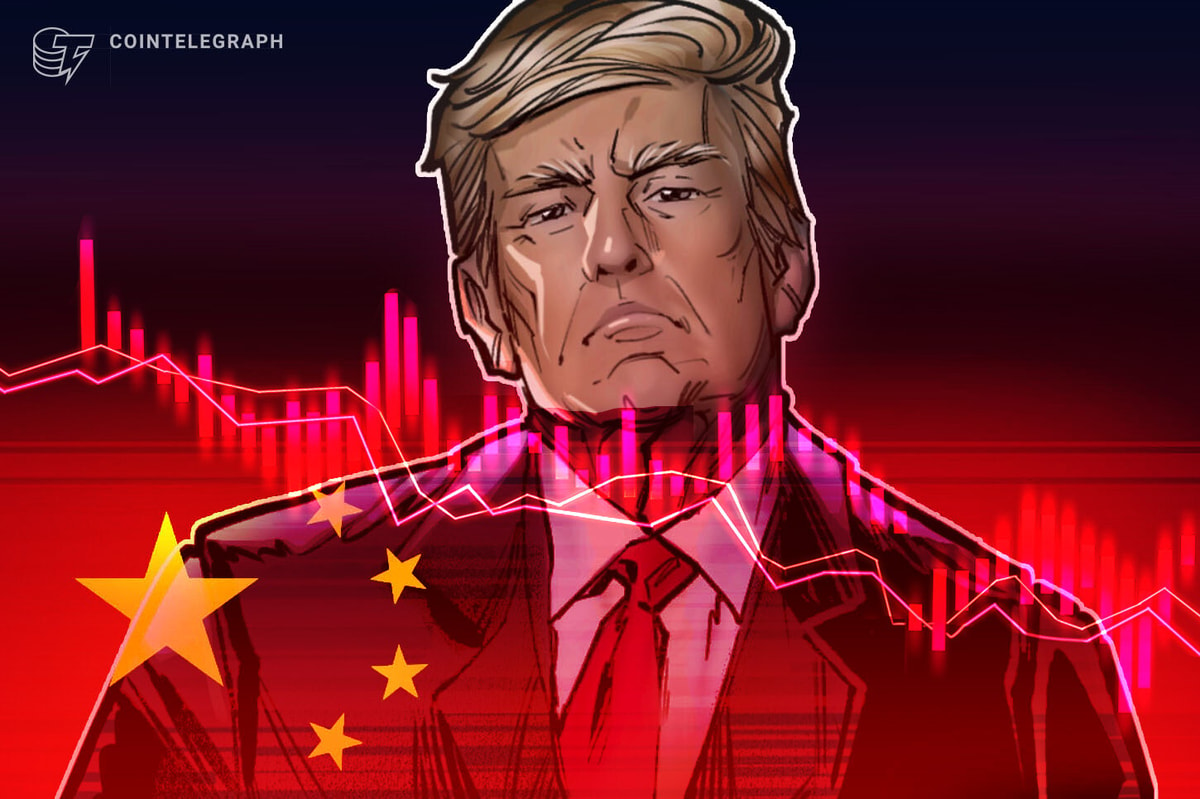Opinion by: Hedy Wang, co-founder and CEO at Block Street
Equity markets are still running on outdated rails — batch files, email reconciliations and sluggish collateral transfers that crawl between custodians through workflows that no one fully controls.
If the industry wants to maintain credibility, it can no longer tolerate this. The answer is not another incremental patch or painful niche option. It’s a step up to onchain equity lending. Real-time settlement, programmable collateral and transparent rule enforcement will become the benchmark others must meet.
Equities are dependent on elements like certainty and speed. The systems that hold them up, however, still cause settlements to drag, recalls to stall and corporate actions to create reconciliation traps.
Onchain rails cut through this friction by settling trades instantly and securely, removing the delays and exposure presented by the plague of today’s processes. Smart contracts then automatically handle routine tasks with the need for endless back-and-forth.
Global regulators and market architects are already setting the foundation for tokenized settlement backed by central bank money and tokenized deposits. These are the secure “cash” side of every transaction — the part that guarantees financing is safe and final.
Even the World Economic Forum’s overview highlighted the issuance and securities-financing use cases moving from pilots to production as tokenization moves from theory to reality. The time for progress is now, and necessity remains the mother of invention.
Weighing up the risks
In today’s equity lending system, risks are often discovered too late, through endless reconciliations and back-office checks, but problems have already spread by then. Instead of reacting post-trade, rules are enforced upfront, so loans only go through if the conditions are right. It’s like ensuring limits on exposure, recall periods, etc., are all met in advance.
The manual exceptions roulette can now be removed, and the cash side can be made as robust, as demonstrated in a 2025 study that found policy execution to be preservable on programmable rails. If monetary operations can be safely automated, the equity finance rule set can be too.
Related: Tokenized equity still in regulatory gray zone
Tokenized reserves, commercial bank money and government bonds that reside on platforms where settlement is conditional, atomic and programmable were outlined clearly in the BIS report.
This direction the market is heading toward is consistent with a broader consensus emerging this year. The future systems will be characterized by tokenized assets and money operated under public law oversight, rather than a distinction between crypto and fiat.
Regulation is opening the gate, and not blocking the road
Skeptics point to regulation as functioning similarly to a roadblock, but that isn’t the case. It’s more like a metered green light. Europe’s supervised sandbox for blockchain market infrastructure demonstrates this. It is live, regulated venues operating under real exemptions and reporting lines that are setting foundations for future avenues for equity lending.
It shows functioning models, the legal guardrails supervisors apply and where the rules will go next. This is precisely the stack needed for equity lending pipes to connect to as they naturally transition to their onchain evolutionary path.
Still, none of this ignores the challenges facing the industry, such as fragmentation and confidentiality, which must be addressed with great consideration.
These problems are solved through permissioned networks that handle Know Your Customer and whitelist constraints, Zero Knowledge Proofs that protect borrower and owner information and standardization of collateral tokens that keep exposure precise and auditable.
Equity lending that remains stuck in outdated batch windows will keep failing on two fronts: basis efficiency and market trust. Delays in settlement not only erode returns but also amplify counterparty risk, leaving participants exposed when precision should be the standard. By contrast, onchain equity lending doesn’t just improve the process; it transforms it. It enforces transparency by design, compresses systemic risk, and restores the true time value of capital down to the millisecond.
We’re no longer talking about theory. The market is already shifting in this direction. Regulatory frameworks are catching up, pilots are proving the model works, and institutional appetite is building. The decision is no longer abstract. Equity lending belongs onchain, or it will be left behind.
Opinion by: Hedy Wang, co-founder and CEO at Block Street.
This article is for general information purposes and is not intended to be and should not be taken as legal or investment advice. The views, thoughts, and opinions expressed here are the author’s alone and do not necessarily reflect or represent the views and opinions of Cointelegraph.
Read the full article here















